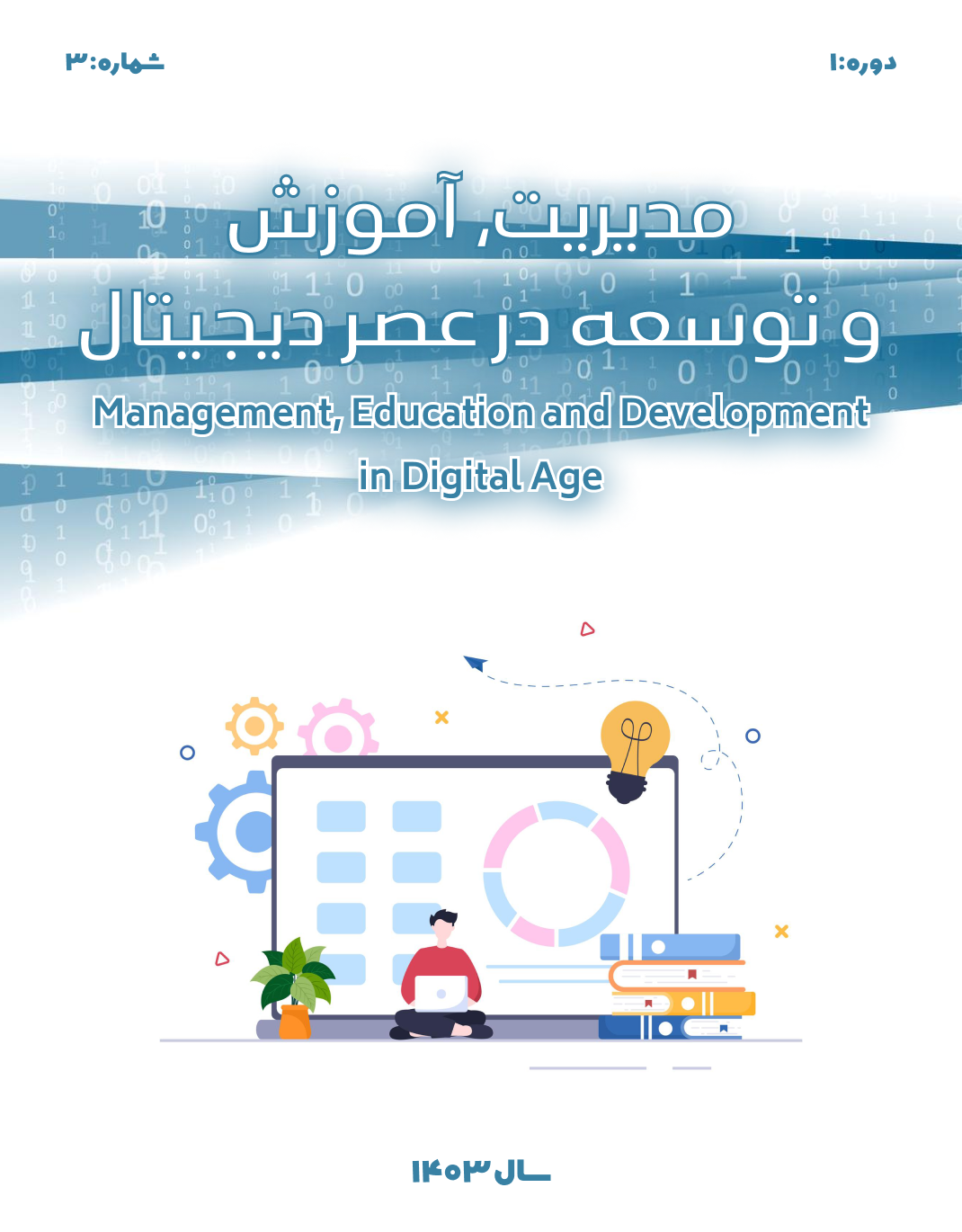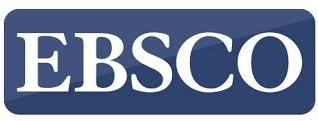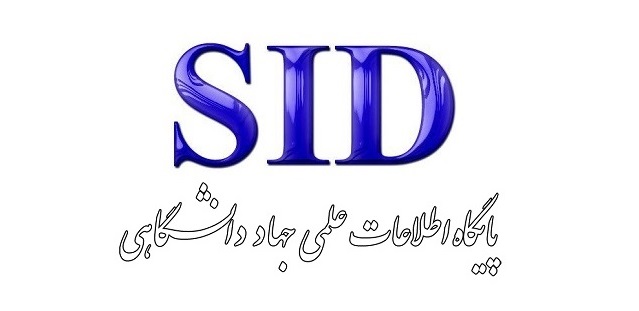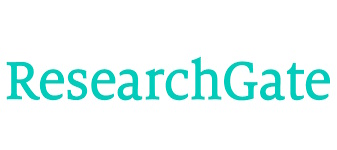طراحی مدل رقابتپذیری بین المللی مبتنی بر کاربست فناوری بلاک چین در شرکتهای صنعتی دولتی (مورد مطالعه: مجتمع مس سرچشمه)
کلمات کلیدی:
رقابت¬پذیری, رقابت¬پذیری بین المللی, فناوری بلاک چینچکیده
شرکتهای صنعتی دولتی برای رقابتپذیری بینالمللی بهدلیل نیاز به افزایش شفافیت و اعتماد در زنجیره تأمین، بهبود بهرهوری، کاهش هزینهها، افزایش قابلیت ردیابی و انطباق با استانداردهای بینالمللی، بایستی به سمت فناوریهای انقلاب صنعتی چهارم مانند بلاکچین روی بیاورند. هدف از پژوهش حاضر، طراحی مدل رقابتپذیری بین المللی مبتنی بر کاربست فناوری بلاک چین در شرکتهای صنعتی دولتی بود. روش تحقیق کیفی بوده و جامعه آماری در بخش طراحی مدل، اساتید رشتههای مدیریت دولتی، فناوری اطلاعات، IT و مدیریت سیستمهای اطلاعاتی در مراکز آموزش عالی، مدیران عالی و مدیران ارشد بخش انفورماتیک، بخش بازاریابی و فروش بینالمللی در شرکتهای صنعتی دولتی و در بخش اعتباریابی، متخصصان و کارشناسان آگاه به مبحث « رقابتپذیری بین المللی» و « فناوری بلاک چین » در سطح کشور بود. در بخش کیفی با روش نمونهگیری گلوله برفی تعداد 18 خبره و در بخش اعتباریابی با روش نمونهگیری هدفمند، 16 خبره انتخاب شد. ابزار گردآوری اطلاعات، در بخش کیفی مصاحبه نیمه ساختاریافته و در بخش اعتباریابی، چک لیست خبره سنجی بوده و برای تحلیل دادهها، در بخش کیفی از روش تحلیل مضمون با کدگذاری اولیه، محوری و ثانویه در نرم افزار Atlasو در بخش اعتباریابی از روش دلفی در طی سه مرحله و در نرم افزار SPSS استفاده گردید. برای تعیین روایی و پایایی در بخش کیفی، از بررسیهای لازم شامل مقبولیت (بازنگری خبرگان) و قابلیت تائید (بازبینی خبرگان)، استفاده شده و در مرحله اعتباریابی، محتوای چک لیست خبره سنجی از نظر قابل فهم بودن و گویا بودن مورد تائید چند تن از خبرگان دانشگاهی و سازمانی قرار گرفته و پایایی آن با روش آزمون مجدد، 83/0 محاسبه و تأیید گردید. طبق نتایج بخش کیفی، مدل نهایی دارای 6 تم اصلی بشرح: 1. تحول و نوآوری فناورانه، 2. شفافیت زنجیره تأمین هوشمند، 3. ظرفیتسازی سازمانی، 4. محیط قانونی و سیاستی، 5. مزیت اقتصادی پایدار و 6. تعامل با بازارهای بینالمللی، 24 تم فرعی و 96 معیار بودهاست. نتایج بخش اعتباریابی، حاکی از تائید تمهای اصلی و فرعی شناسایی شده در بخش کیفی بود.
دانلودها
دانلود
چاپ شده
ارسال
بازنگری
پذیرش
شماره
نوع مقاله
مجوز
حق نشر 2024 سهیلا نیکخواه (نویسنده); اسداله مهرآرا; مهرداد متانی (نویسنده)

این پروژه تحت مجوز بین المللی Creative Commons Attribution-NonCommercial-NoDerivatives 4.0 می باشد.









